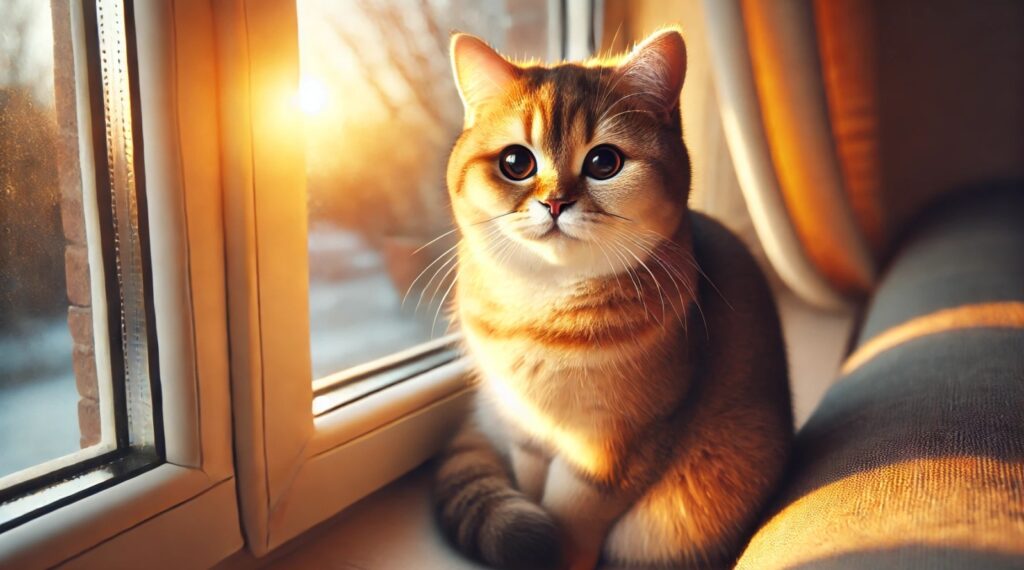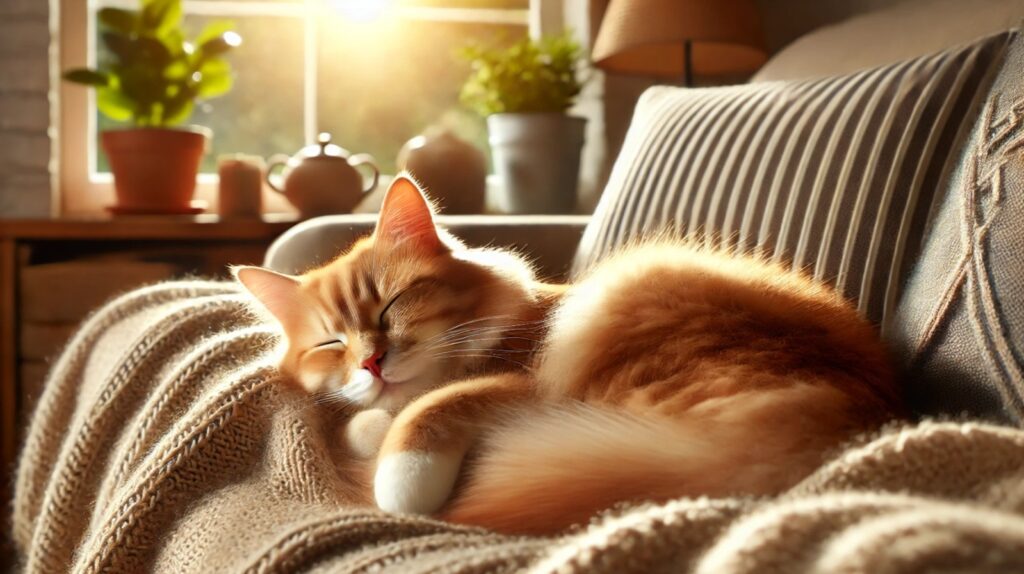Cats have effortlessly maintained their status as one of humanity’s favorite animals, captivating millions worldwide with their elegance, independence, and intriguing personalities. From ancient Egyptian temples to viral internet memes, cats have a timeless charm that continues to fascinate people of all ages and cultures. But why exactly have these mysterious creatures captivated human affection so strongly and consistently throughout history? In this article, we’ll delve deeply into the multifaceted reasons behind cats’ incredible popularity and enduring appeal.
A Rich Historical Bond: Cats in Ancient Civilizations
The human-cat bond dates back thousands of years, notably evident in ancient Egypt around 4,000 years ago. Egyptians revered cats as sacred animals, closely associating them with divinity and protection. Cats were worshipped, adorned with jewelry, and mummified alongside their human companions. The goddess Bastet, depicted as a woman with a feline head, symbolized home, fertility, and protection, highlighting the cat’s esteemed cultural significance.
Across other ancient cultures—such as the Romans, who regarded cats as symbols of liberty and guardians against rodents—cats quickly established themselves as beneficial companions. Their practical role in controlling pests significantly contributed to their domestication and widespread adoption across Europe and Asia.
The Irresistible Personality of Cats
Much of cats’ popularity can be attributed to their distinct and captivating personalities. Unlike dogs, known for their enthusiastic loyalty, cats offer a unique blend of independence and affection, making their companionship special and deeply rewarding. A cat’s independent nature is appealing because it allows humans to maintain a comfortable balance of companionship without excessive demands. People often admire this quiet confidence, which gives cats an almost regal aura.
Additionally, cats have an intriguing, playful personality marked by curiosity, agility, and occasional mischief. They can effortlessly transition from graceful relaxation to bursts of energetic play, entertaining and delighting their owners with acrobatic jumps, quirky habits, and affectionate gestures like head-butting, kneading blankets, and gentle purring. This enigmatic behavior often fosters a deep sense of attachment and fascination.
Adaptability and Ease of Care
Cats are famously adaptable animals, perfectly suited to modern lifestyles and urban living. Unlike many pets, cats do not require extensive training, frequent walks, or constant human interaction. Their low-maintenance care requirements make them ideal companions for people with busy lifestyles, small apartments, or limited physical mobility. Cats instinctively groom themselves, maintain cleanliness, and adjust comfortably to indoor living, providing companionship without substantial lifestyle disruptions.
This convenience factor significantly contributes to their popularity, especially among urban populations, younger adults, and elderly individuals who may not be able to manage the demands of more physically dependent pets.
The Therapeutic Benefits of Cat Companionship
Beyond companionship, scientific research highlights the numerous physical and emotional health benefits cats offer. Spending time with cats has proven therapeutic effects, including stress reduction, lower blood pressure, and improved cardiovascular health. The rhythmic sound of a cat’s purr—measured at a calming frequency between 25 and 150 Hertz—can even promote relaxation, reduce anxiety, and accelerate healing.
Cats are increasingly recognized for their valuable role in mental health therapy, helping reduce symptoms of depression, anxiety, loneliness, and stress. Their quiet companionship can profoundly benefit elderly individuals, providing emotional support, boosting mood, and combating feelings of isolation.
Cats as Internet Sensations
The rise of the internet and social media has exponentially boosted cats’ global popularity. Since the early 2000s, cats have dominated online culture, becoming viral sensations through platforms like YouTube, Instagram, TikTok, and Twitter. Memes, videos, and photos featuring cats effortlessly gain millions of views, likes, and shares, turning feline companions into beloved celebrities with global fanbases.
Cats’ natural behaviors—playful antics, expressive faces, and comical misadventures—are uniquely suited to short, shareable content. Internet-famous cats like Grumpy Cat, Lil Bub, Maru, and Nala have gathered huge followings, generating widespread affection, amusement, and even commercial opportunities. This digital phenomenon has reinforced cats’ image as universally appealing pets, dramatically extending their cultural influence.
Symbolism and Cultural Significance
Cats hold significant symbolic meaning in diverse cultures worldwide. Often seen as symbols of mystery, independence, agility, and intelligence, they appear frequently in art, literature, and folklore. In Japan, the Maneki-neko (beckoning cat) symbolizes good fortune, wealth, and prosperity, often displayed prominently in shops and homes. European folklore commonly associated cats with mysticism and witchcraft, further enhancing their intriguing, mysterious image.
Their pervasive presence in myths and stories reflects humanity’s longstanding fascination with these enigmatic animals. Cats’ portrayal in media—whether as mysterious companions, wise figures, or playful tricksters—continues to reinforce their cultural appeal and widespread popularity.
Cats and Human Bonding: A Special Relationship
Contrary to popular belief, cats develop profound emotional bonds with humans. Studies show cats recognize their owners’ voices, show clear attachment behaviors, and even mirror human emotions. Cats communicate affection through subtle gestures—such as slow blinking, gentle grooming, and curling up beside their humans—which are both comforting and emotionally fulfilling.
This quiet, affectionate communication deepens bonds over time, making the human-cat relationship uniquely rewarding. For many people, cats become essential family members, providing consistent emotional support and unconditional companionship.
The Growing Popularity of Cats Today
Cats continue to grow in popularity, increasingly favored by younger generations, urban dwellers, and those seeking low-maintenance, emotionally rewarding companions. Advances in veterinary care, nutrition, and pet care products have further enhanced their quality of life, leading to longer lifespans, healthier pets, and deeper bonds.
Additionally, the rise of cat-friendly initiatives—such as cat cafés, feline-friendly housing policies, and increased awareness of cat welfare—has significantly contributed to their sustained popularity and improved welfare.
A Timeless and Universal Appeal
The enduring popularity of cats results from their captivating personalities, adaptability, emotional intelligence, cultural significance, and the profound therapeutic value they offer. Their history, ease of care, and inherent charm have solidified their place as beloved companions, cherished by millions worldwide.
As humans continue to seek meaningful connections in an increasingly complex world, the timeless appeal and quiet grace of cats ensure their ongoing popularity, promising to captivate future generations just as effortlessly as they have for thousands of years.


